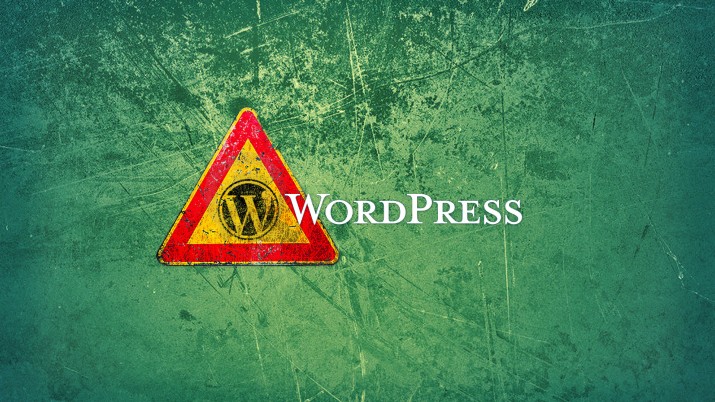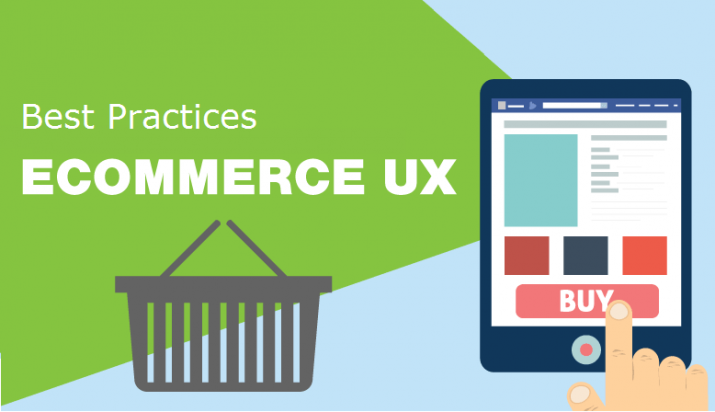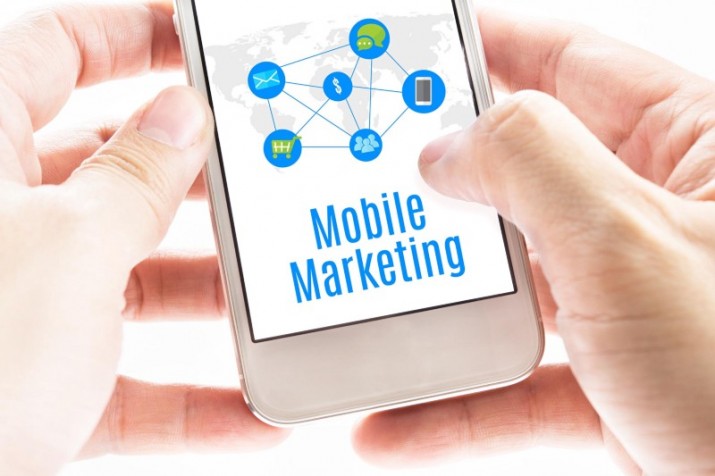No matter how small or large an organization is, it needs a CRM (Customer Relationship Management) system or software. Every organization needs to manage their contacts & keep the track of interactions with them. And a CRM system is really good at capturing customer data and making it accessible to every concerned stakeholder in the organization.
This is the reason why
integrating your CRM system with your website is a very good idea. Since your website is the most easily accessible touch-point for your customers, it also acts as a great input source for gathering customer data. And if the website is integrated with a CRM system the whole process of converting enquiries to leads and following up on them can be easily automated.
In this context, given below are five specific reasons why you should integrate your CRM system with your website.
1.Single (Precise) Data Source
One of the biggest reasons of integrating your website with CRM is that it will save a lot of time of your staff (and other sales or contact systems), as you have just one single precise data source for each contact. Furthermore, because there is no manual element in adding the data to the CRM, there is less possibility of the errors being generated or duplicate records being made. When you extend this process to hundreds of thousands of contact data being received from your website forms, you will have a centralized and accurate data bank of potential customers, that you can confidently use for better sales conversions.
2.Reduce Administration Overhead
If your website and your CRM are not yet integrated then perhaps you’re spending far too much time by manually copying and pasting the most recent order, enquiry or other data from your website to the CRM, or worst of all, not fetching that data in your CRM at all.
With the automated integration between the two systems, you are reducing your administration overhead (and therefore saving both time and money) as all that manual copy and paste, or export and import, is made redundant. This results in increased productivity as it allows your staff to work on other tasks.
3.Better Profiling
A key advantage of CRM is the capability to profile customers or leads, to decide what they might purchase and how these customers or leads are useful to you. The more information about the customer you have, the easier it is to make a better profile and the more precise the data you feed in, the better the profile becomes.
By integrating your website with CRM, you will get more complete picture of your customers’ interactions with your organization, from initial enquiry to sales, communications and finally feedback. It provides you access to get more reliable and consistent information. You are informed about your customers in a better way and you’ve better knowledge of your customer’s behavior and their buying habits.
Better customer profiles let you to manage more effectively various target marketing campaigns and other actions, while the website integration allows you to follow the effectiveness of these campaigns online with the help of conversion rates and customer response.
4.Increase Sales
Improve your organization’s sales by integrating CRM with your website! Fundamentally it all boils down to one thing – more and true data leads to better profiles, which shows the way to better-quality leads which in turn leads to higher conversion rates.
Many organizations waste a lot of time and money on their websites, creating awesome content stuff and adding forms for potential customers to contact them. By integrating your website with your CRM, it streamlines the sales funnel, as immediately after the initial contact there are potential leads in the system, and it offers your sales team better data to work with, eventually leading to more sales.
5.Immediate access to up-to-date data
One of the advantages of integrating the website with your CRM is having direct access to the most recent data. Automated integration between your CRM & website happens real time. There’s no more wondering if yesterday’s or last week’s website orders have been appended to the CRM as yet. This is highly beneficial when it comes to talking to a customer with self-assurance, all the information of their latest purchase or other interaction is available to you, and which, in turn, contribute to improved customer satisfaction and increased sales.
In order to benefit from a seamless integration of the website and CRM system, B2B companies should discover new ways of engaging with their audience, enrich it through personalized content and efficiently manage relationships with them through various communication channels.





